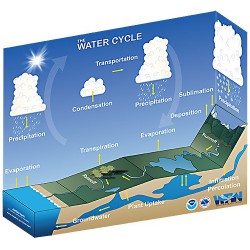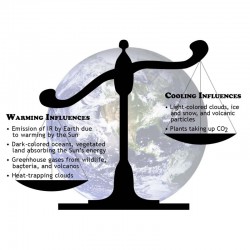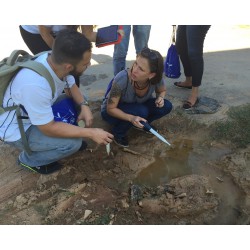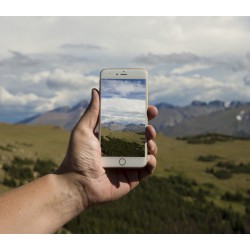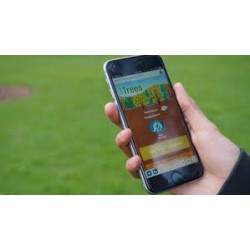Sort
ReWilding Activities There are 22 items.
These nature-inspired hands-on activities help participants connect with their environment, build their observational skills, and celebrate the biodiversity of our planet.
-
Water Cycle Paper Craft
Patrons learn about how the water cycle works by creating a 3-D paper craft. 0
Check It Out
-
Earth: Artistically Balanced
Patrons depict the science behind Earth’s climate system as art, which may be created on a large scale and displayed at the library or made on a smaller scale to take home. 0
Check It Out
Teacher's Guide Provides classroom connections, key concepts, connections to science standards, and additional resources. -
GLOBE Observer: Clouds
Citizen scientists of all ages are invited to make environmental observations that complement NASA satellite observations and help scientists studying Earth and the global environment. 0
Check It Out
How-to Video -
GLOBE Observer: Mosquito Habitats
This citizen science toolkit of resources and activities will support your library in mapping and collecting data about mosquito habitats in your area. 0
Check It Out
-
GLOBE Observer: Land Cover
This citizen science toolkit provides resources and activities for collecting data and learning about how different types of land cover could increase a community's risk of natural disasters, such as flooding. 0
Check It Out
-
Globe Observer: Trees
Tree height is a primary indicator of how well an ecosystem can grow trees. This citizen science toolkit of resources and activities will support your library in collecting data to help scientists learn more about the ecosystems in your community. 0
Check It Out
-
Exploring Earth: Paper Mountains
This hands-on activity uses crumpled paper, marker ink, and water to demonstrate how the shape of the land and the pull of gravity influence how water moves over the Earth. 0
Check It Out
How-to Video -
It All Runs Downhill
Participants build a model of a watershed to demonstrate how rainfall carries pollution into the ocean and other bodies of water. 0
Check It Out
-
-
Create a Flip Book of the Earth's Oceans
In this data visualization activity patrons will create their own flipbook animation using maps of chlorophyll and learn about phytoplankton. 0
Check It Out



